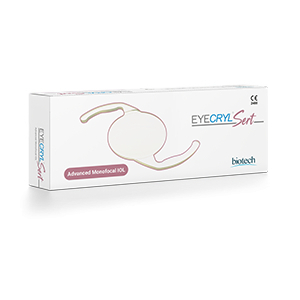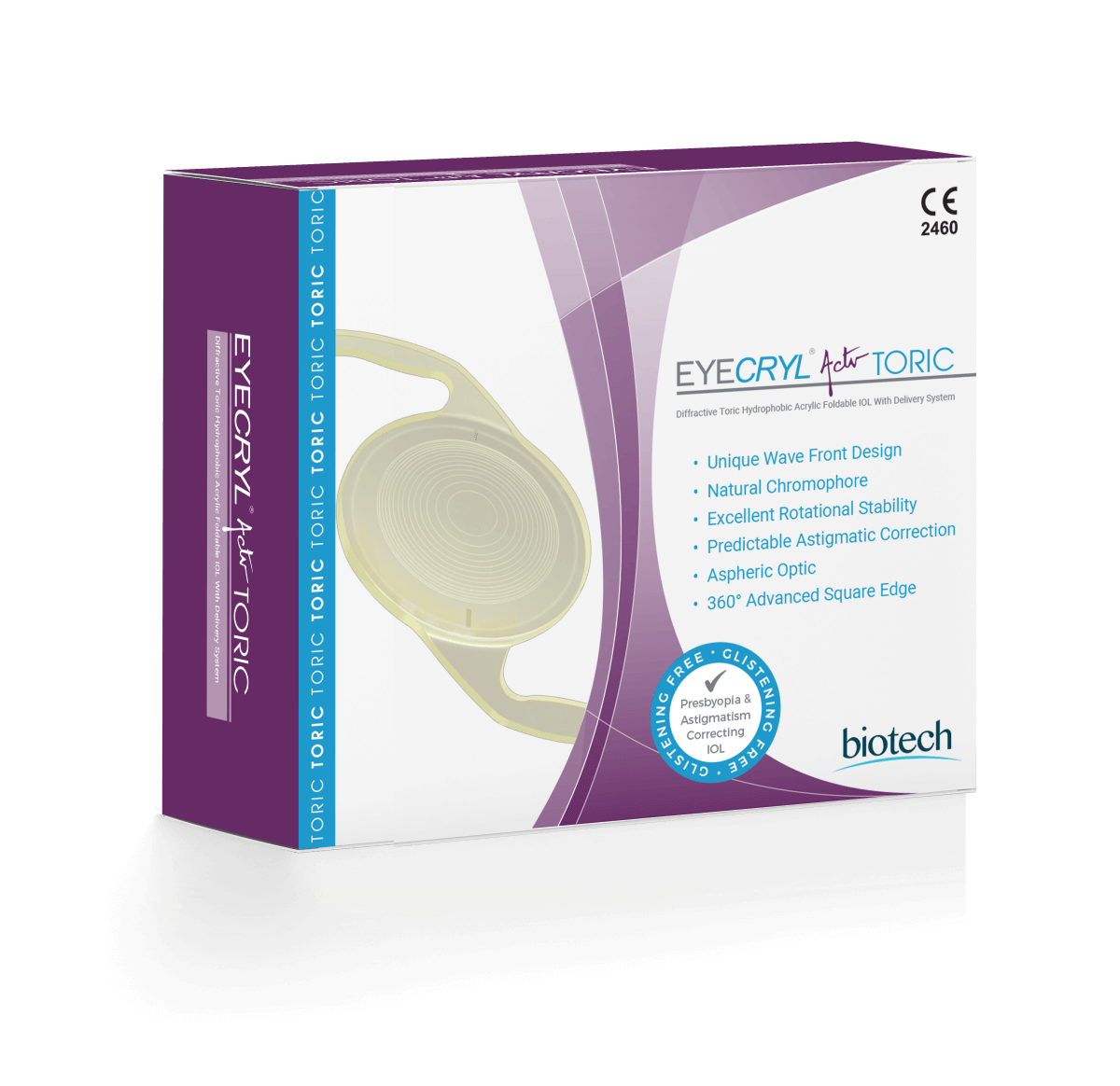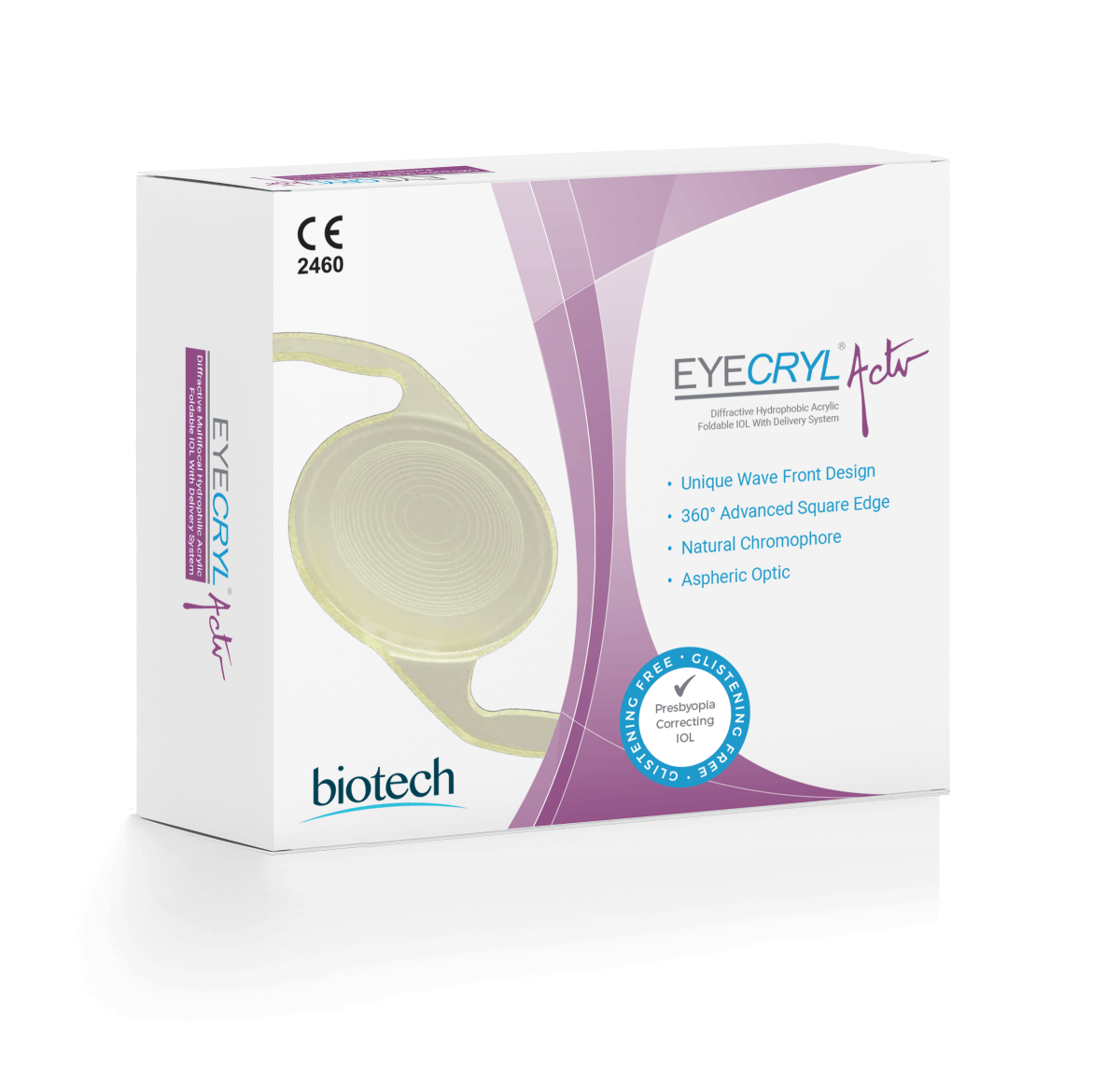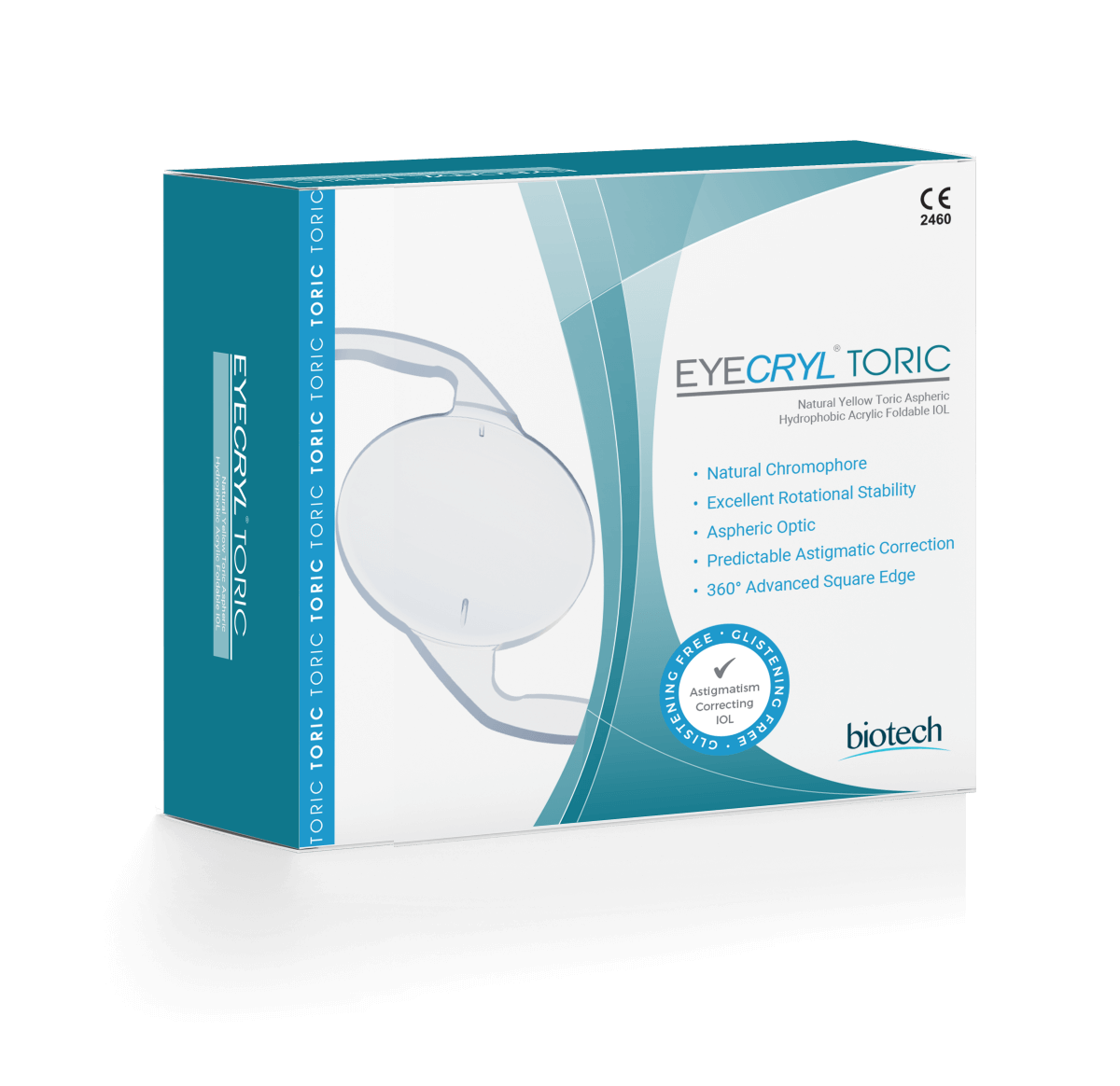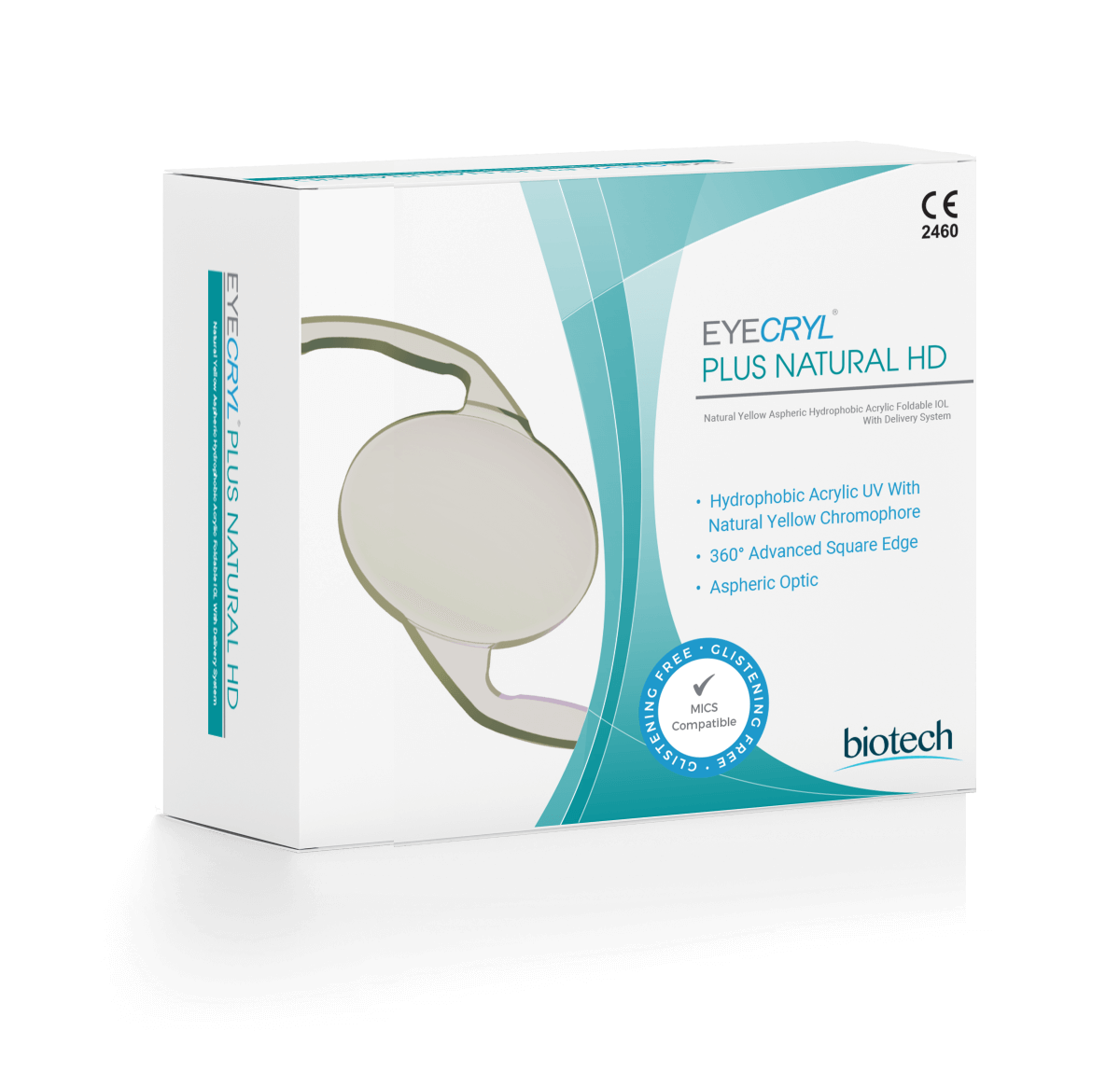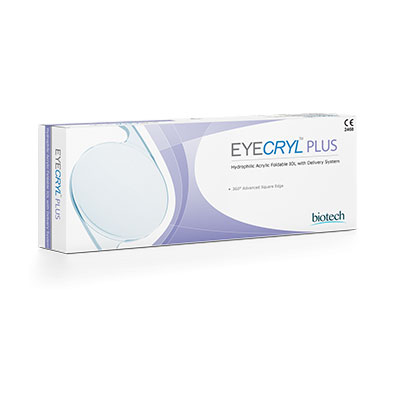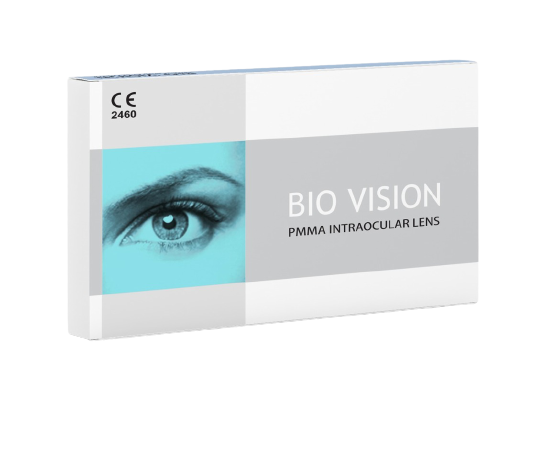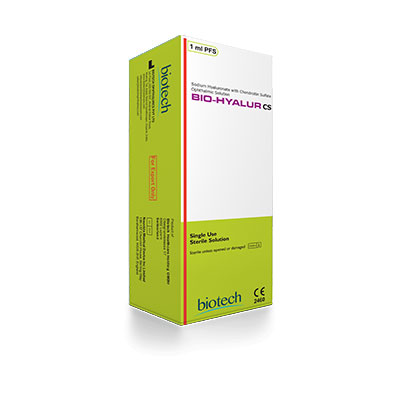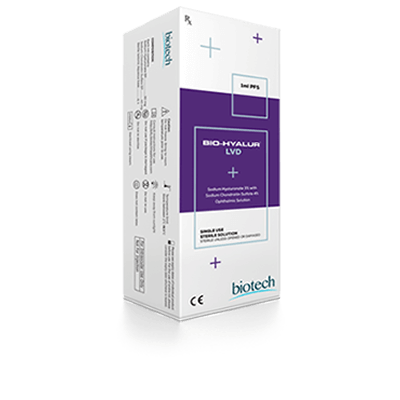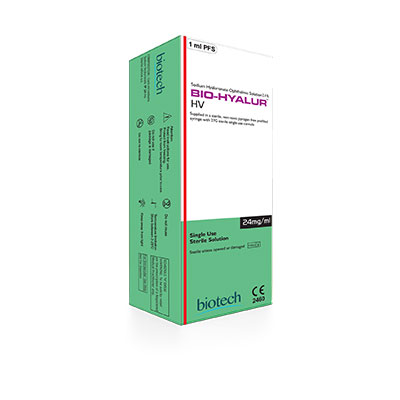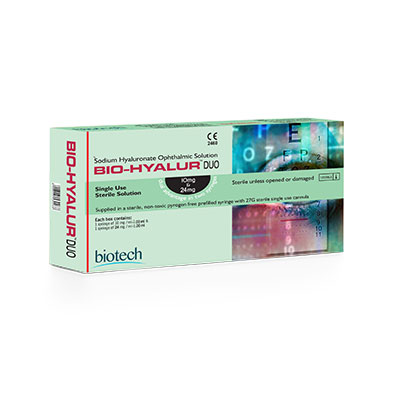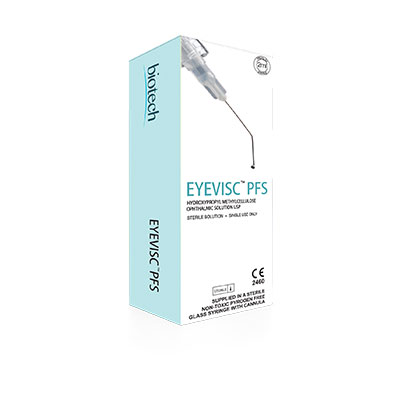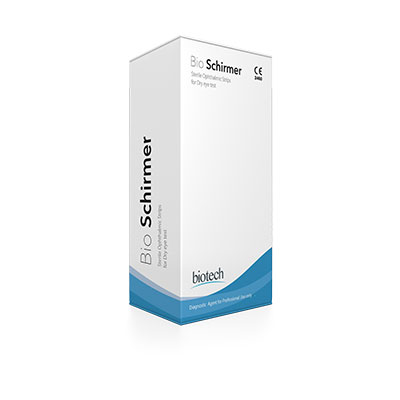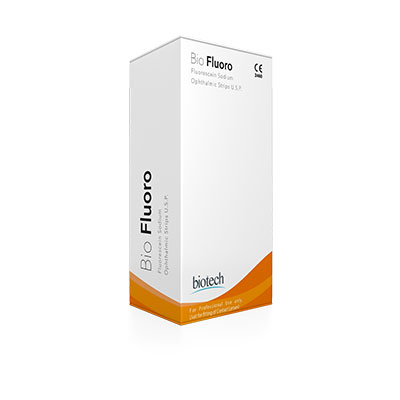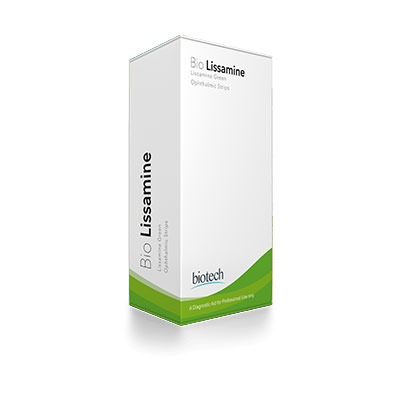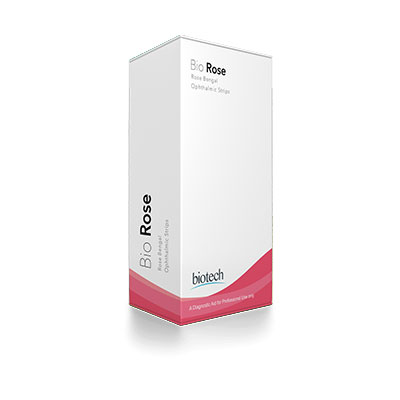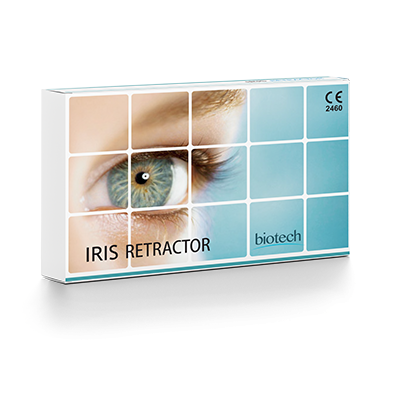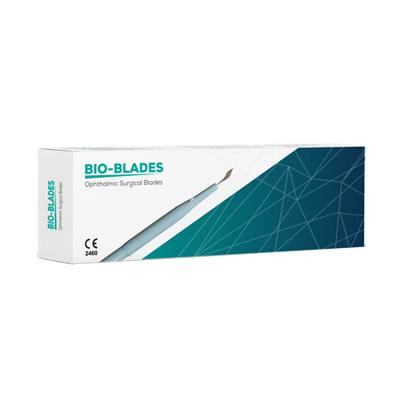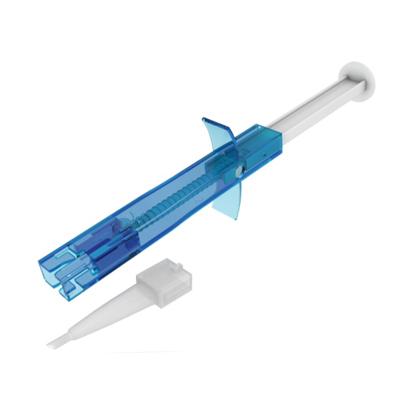- Home
- /
- OPHTHALMOLOGY
- /
- CATARACT PRODUCT RANGE
1. What is a Cataract?
A cataract represents a common eye condition characterized by the clouding of the eye’s natural lens, leading to visual impairment. The lens, typically transparent, enables the passage of light onto the retina, facilitating clear vision. However, as individuals age or encounter certain risk factors, such as prolonged UV exposure, smoking, diabetes, or eye injury, proteins within the lens may clump together, resulting in opacity. This clouding obstructs light transmission, causing symptoms like blurred vision, glare sensitivity, altered color perception, and difficulty seeing in low-light conditions. The different types of cataracts include nuclear cataracts, cortical cataracts, and posterior subcapsular cataracts, each presenting unique characteristics and implications.
2. What are the symptoms of cataracts?
Symptoms of cataracts manifest gradually and may include blurred or cloudy vision, heightened sensitivity to glare, alterations in color perception, and double vision in one eye. Individuals may also experience frequent changes in eyeglass prescriptions and notice halos around lights, particularly at night. These symptoms, indicative of the clouding of the lens, can significantly impact daily activities and diminish overall quality of life.
3. What happens if there is a cataract in the eye?
When a cataract forms in the eye, it causes vision to become blurry and hazy. Colors may appear dull, and sensitivity to glare can increase. As the cataract progresses, it gradually impairs vision, making daily activities like reading and driving more challenging.
4. Risk Factors for Cataracts
Numerous risk factors contribute to the development of cataracts, including age, genetics, prolonged UV exposure, smoking, diabetes, and eye injury. In the United States, age-related cataracts are prevalent among older adults, particularly those above the age of 40. Additionally, genetic predisposition and lifestyle factors play significant roles in cataract formation, emphasizing the importance of preventive measures and early intervention.
5. Diagnosis of Cataracts
Diagnosis of cataracts involves a comprehensive eye examination conducted by eye care professionals, including ophthalmologists or optometrists. This examination encompasses visual acuity testing, slit-lamp examination to assess the clarity and structure of the lens, dilated eye examination to evaluate overall eye health and measurement of intraocular pressure. Diagnostic imaging techniques, such as optical coherence tomography, may aid in evaluating the extent and severity of cataracts, guiding treatment decisions.
6. Treatment Options for Cataracts
Cataract treatment methods aim to restore clear vision and improve quality of life. Cataract surgery remains the primary treatment modality, involving the surgical removal of the clouded lens and its replacement with an artificial intraocular lens. Techniques such as phacoemulsification enable precise and minimally invasive cataract removal, with high success rates and minimal risk of complications. Additionally, preventive measures, such as wearing sunglasses with UV protection and maintaining regular eye care, are essential for preventing cataracts and promoting overall eye health.
Frequently Asked Questions (FAQs)
1. What Happens If Cataract Is Not Removed?
If a cataract is left untreated, the clouding of the lens gradually worsens, leading to progressive vision impairment and significant challenges in performing daily activities. The clouding interferes with the passage of light through the eye, resulting in blurred vision, increased sensitivity to glare, and diminished color perception. As the cataract progresses, these symptoms intensify, making it increasingly difficult to read, drive, or recognize faces. Advanced cataracts can also elevate the risk of other eye complications, such as retinal detachment, which can lead to irreversible vision loss if not addressed promptly. Therefore, timely intervention through cataract surgery is crucial for preserving vision and maintaining quality of life.
2. What is good for cataracts?
In managing cataracts, adopting proactive measures and lifestyle practices can help mitigate their progression and support overall eye health. Consuming a diet rich in antioxidants, such as;
vitamins C and E, along with omega-3 fatty acids, can offer protective benefits against cataract formation. Additionally, wearing sunglasses with UV protection shields the eyes from harmful ultraviolet radiation, reducing the risk of cataract development caused by prolonged exposure to sunlight. Regular eye examinations enable early detection of cataracts, allowing for timely intervention and treatment to prevent vision loss.
3. Can Cataracts Be Corrected with Glasses?
While glasses or contact lenses can temporarily improve vision affected by cataracts by compensating for refractive errors, they do not address the underlying cause of the condition the clouding of the lens. As cataracts progress and visual symptoms worsen, reliance on corrective lenses may become less effective in improving vision quality. Surgical intervention remains the most definitive treatment option for removing cataracts and restoring clear vision. During cataract surgery, the clouded natural lens is replaced with an artificial intraocular lens (IOL), effectively correcting vision and improving overall visual acuity.
4. Is there an age limit for cataract surgery?
There is no strict age limit for cataract surgery. The decision to undergo surgery depends on various factors, including the severity of cataracts, the impact on visual function and quality of life, and the overall health and well-being of the individual. While cataracts are more prevalent among older adults, individuals of all ages may undergo cataract surgery if deemed medically necessary by an ophthalmologist or eye care specialist. Modern advancements in surgical techniques and intraocular lens technology have made cataract surgery safe and effective for patients across different age groups.
5. Is Cataract Dangerous?
While cataracts themselves are not inherently dangerous to one’s health, untreated cataracts can significantly impair vision and quality of life. Advanced cataracts may increase the risk of complications such as glaucoma, retinal detachment, and other ocular conditions, which can pose serious threats to vision health. Prompt diagnosis and appropriate management of cataracts are essential for preserving vision and preventing potential complications. Cataract surgery, when performed by skilled professionals, is a highly effective and safe procedure that can restore clear vision and improve overall visual function.
6. Is Cataract Genetic?
Genetic factors may predispose individuals to cataract development, but environmental influences also play a significant role. Family history of cataracts may increase the likelihood of developing the condition, but lifestyle choices, exposure to ultraviolet radiation, smoking, and underlying medical conditions also contribute to cataract formation. Understanding individual risk factors and adopting preventive measures can help mitigate the impact of cataracts on vision health.
7. Does Cataract Go Away on Its Own?
Cataracts do not resolve spontaneously; surgical removal is the only effective treatment. While lifestyle adjustments and visual aids may alleviate symptoms temporarily, cataract surgery remains the definitive method for eliminating the clouding of the lens and restoring clear vision. During cataract surgery, the clouded natural lens is replaced with an artificial intraocular lens (IOL), effectively correcting vision and improving overall visual acuity. Modern advancements in cataract surgery techniques and intraocular lens technology have made the procedure safe and highly successful, with minimal risk of complications and rapid recovery times.
1. What is Cataract?
A cataract represents a common eye condition characterized by the clouding of the eye’s natural lens, leading to visual impairment. The natural crystalline lens, typically transparent, enables the passage of light onto the retina, facilitating clear vision. However, as individuals age or encounter certain risk factors, such as prolonged UV exposure, smoking, diabetes, or eye injury, proteins within the lens may clump together, resulting in opacity. This clouding obstructs light transmission, causing symptoms like blurred vision, glare sensitivity, altered color perception, and difficulty seeing in low-light conditions. The different types of cataracts include nuclear cataracts, cortical cataracts, and posterior sub-capsular cataracts, each presenting unique characteristics and implications.
2. What are the symptoms of cataracts?
Symptoms of cataracts manifest gradually and may include blurred or cloudy vision, heightened sensitivity to glare, alterations in color perception, and double vision in one eye. Individuals may also experience frequent changes in eyeglass prescriptions and notice halos around lights, particularly at night. These symptoms, indicative of the clouding of the lens, can significantly impact daily activities and diminish overall quality of life.
3. What happens if there is a cataract in the eye?
When a cataract forms in the eye, it causes vision to become blurry and hazy. Colors may appear dull, and sensitivity to glare can increase. As the cataract progresses, it gradually impairs vision, making daily activities like reading and driving more challenging.
4. Risk Factors for Cataracts
Numerous risk factors contribute to the development of cataracts, including age, genetics, prolonged UV exposure, smoking, diabetes, and eye injury. Globally, age-related cataracts are prevalent among older adults, particularly those above the age of 40. Additionally, genetic predisposition and lifestyle factors play significant roles in cataract formation, emphasizing the importance of preventive measures and early intervention.
5. Diagnosis of Cataracts
Diagnosis of cataracts involves a comprehensive eye examination conducted by eye care professionals, including ophthalmologists or optometrists. This examination encompasses visual acuity testing, slit-lamp examination to assess the clarity and structure of the lens, dilated eye examination to evaluate overall eye health and measurement of intraocular pressure. Diagnostic imaging techniques, such as optical coherence tomography, may aid in evaluating the extent and severity of cataracts, guiding treatment decisions.
6. Treatment Options for Cataracts
Cataract treatment methods aim to restore clear vision and improve quality of life. Cataract surgery remains the primary treatment modality, involving the surgical removal of the clouded natural lens and its replacement with an artificial intraocular lens. Techniques such as phacoemulsification enable precise and minimally invasive cataract removal, with high success rates and minimal risk of complications. Additionally, preventive measures, such as wearing sunglasses with UV protection and maintaining regular eye care, are essential for preventing cataracts and promoting overall eye health.
1. What Happens If Cataract Is Not Removed?
If a cataract is left untreated, the clouding of the lens gradually worsens, leading to progressive vision impairment and significant challenges in performing daily activities. The clouding interferes with the passage of light through the eye, resulting in blurred vision, increased sensitivity to glare, and diminished color perception. As the cataract progresses, these symptoms intensify, making it increasingly difficult to read, drive, or recognize faces. Therefore, timely intervention through cataract surgery is crucial for preserving vision and maintaining quality of life.
2. What is good for prevention of cataracts?
In managing cataracts, adopting proactive measures and lifestyle practices can help mitigate their progression and support overall eye health. Consuming a diet rich in antioxidants, such as vitamins C and E, along with omega-3 fatty acids, can offer protective benefits against cataract formation. Additionally, wearing sunglasses with UV protection shields the eyes from harmful ultraviolet radiation, reducing the risk of cataract development caused by prolonged exposure to sunlight. Regular eye examinations enable early detection of cataracts, allowing for timely intervention and treatment to prevent vision loss.
3. Can Cataracts Be Corrected with Glasses?
While glasses or contact lenses can temporarily improve vision affected by cataracts by compensating for refractive errors, they do not address the underlying cause of the condition the clouding of the lens. As cataracts progress and visual symptoms worsen, reliance on corrective lenses may become less effective in improving vision quality. Surgical intervention remains the most definitive treatment option for removing cataracts and restoring clear vision. During cataract surgery, the clouded natural lens is replaced with an artificial intraocular lens (IOL), effectively correcting vision and improving overall visual acuity.
4. Is there an age limit for cataract surgery?
There is no strict age limit for cataract surgery. The decision to undergo surgery depends on various factors, including the severity of cataracts, the impact on visual function and quality of life, and the overall health and well-being of the individual. While cataracts are more prevalent among older adults, individuals of all ages may undergo cataract surgery if deemed medically necessary by an ophthalmologist or eye care specialist. Modern advancements in surgical techniques and intraocular lens technology have made cataract surgery safe and effective for patients across different age groups.
5. Is Cataract Dangerous?
While cataracts themselves are not inherently dangerous to one’s health, untreated cataracts can significantly impair vision and quality of life. Advanced cataracts may increase the risk of complications such as glaucoma, retinal detachment, and other ocular conditions, which can pose serious threats to vision health. Prompt diagnosis and appropriate management of cataracts are essential for preserving vision and preventing potential complications. Cataract surgery, when performed by skilled professionals, is a highly effective and safe procedure that can restore clear vision and improve overall visual function.
6. Is Cataract Genetic?
Genetic factors may predispose individuals to cataract development, but environmental influences also play a significant role. Family history of cataracts may increase the likelihood of developing the condition, but lifestyle choices, exposure to ultraviolet radiation, smoking, and underlying medical conditions also contribute to cataract formation. Understanding individual risk factors and adopting preventive measures can help mitigate the impact of cataracts on vision health.
7. Does Cataract Go Away on Its Own?
Cataracts do not resolve spontaneously; surgical removal is the only effective treatment. While lifestyle adjustments and visual aids may alleviate symptoms temporarily, cataract surgery remains the definitive method for eliminating the clouding of the lens and restoring clear vision. During cataract surgery, the clouded natural lens is replaced with an artificial intraocular lens (IOL), effectively correcting vision and improving overall visual acuity. Modern advancements in cataract surgery techniques and intraocular lens technology have made the procedure safe and highly successful, with minimal risk of complications and rapid recovery times.
Battig Treuhand AG
Obergrundstrasse 17,
6002, Luzern,
Switzerland


